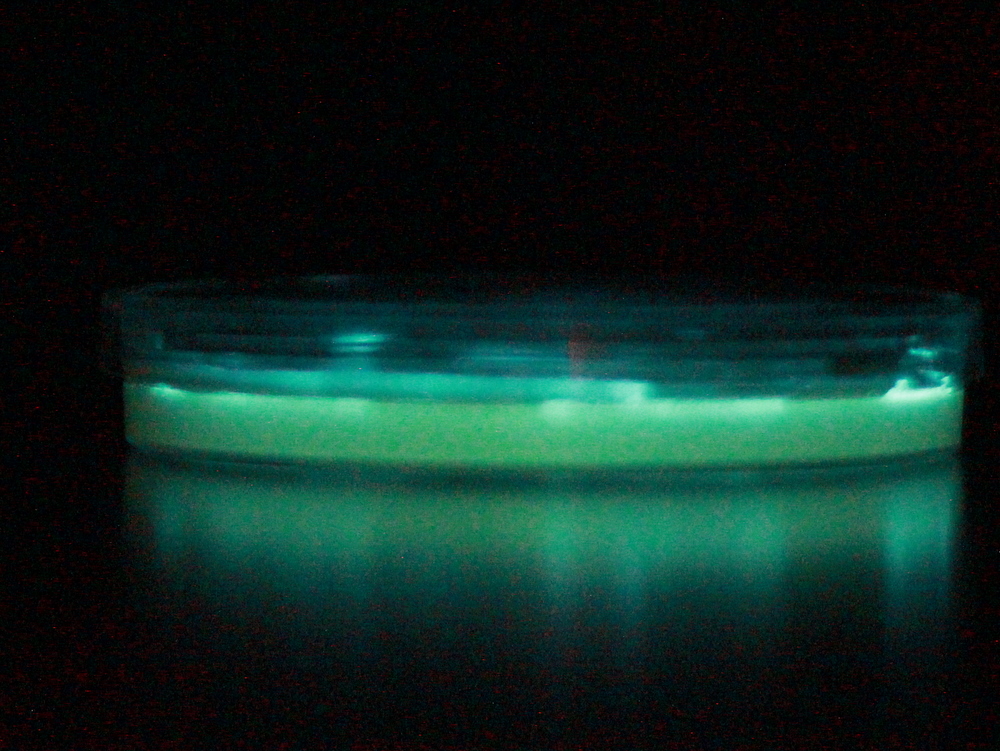Team:Cambridge/Human Practices
From 2010.igem.org
(Difference between revisions)
(→Under construction) |
|||
| Line 4: | Line 4: | ||
Human practises encompasses the social ethical and legal considerations of our work. We imagined how our particular project might impact on peoples lives as well as thinking about the wider issues of the way we practise our science and share our findings. | Human practises encompasses the social ethical and legal considerations of our work. We imagined how our particular project might impact on peoples lives as well as thinking about the wider issues of the way we practise our science and share our findings. | ||
| - | == | + | ==Futures== |
| - | + | We spent a day early in the project imagining how engineered artificial bioluminescence might be used in the future. | |
| - | + | ||
| - | + | ||
==Bioluminescent species== | ==Bioluminescent species== | ||
The Cambridge team is looking into these bacterial luciferases: | The Cambridge team is looking into these bacterial luciferases: | ||
Revision as of 17:26, 22 October 2010

Human Practices
Human practises encompasses the social ethical and legal considerations of our work. We imagined how our particular project might impact on peoples lives as well as thinking about the wider issues of the way we practise our science and share our findings.
Futures
We spent a day early in the project imagining how engineered artificial bioluminescence might be used in the future.
Bioluminescent species
The Cambridge team is looking into these bacterial luciferases:
- Vibrio fischeri forms symbioses with squid to prevent the squid from casting a shadow on moonlit nights. Due to this their lux proteins are non-functional above 30 degrees
- Vibrio (formerly Photobacterium) phosphoreum emits a very blue light, perhaps partly through its use of [http://partsregistry.org/Part:BBa_K216007 lumazine]
 "
"
